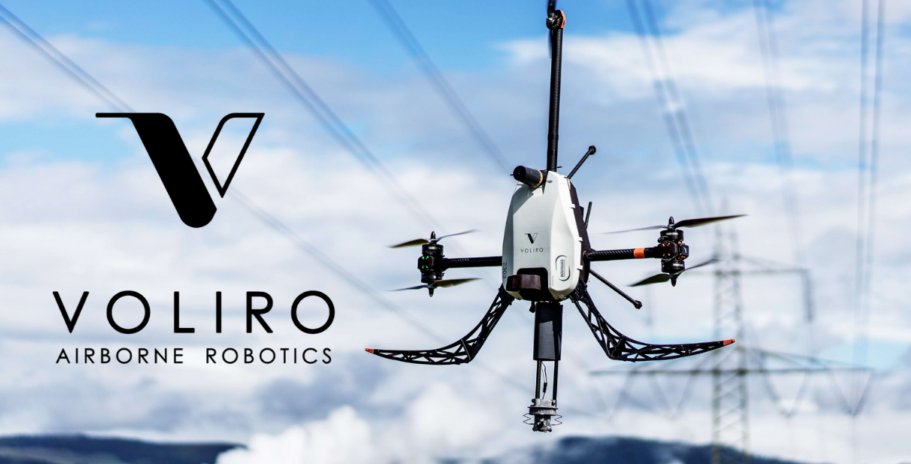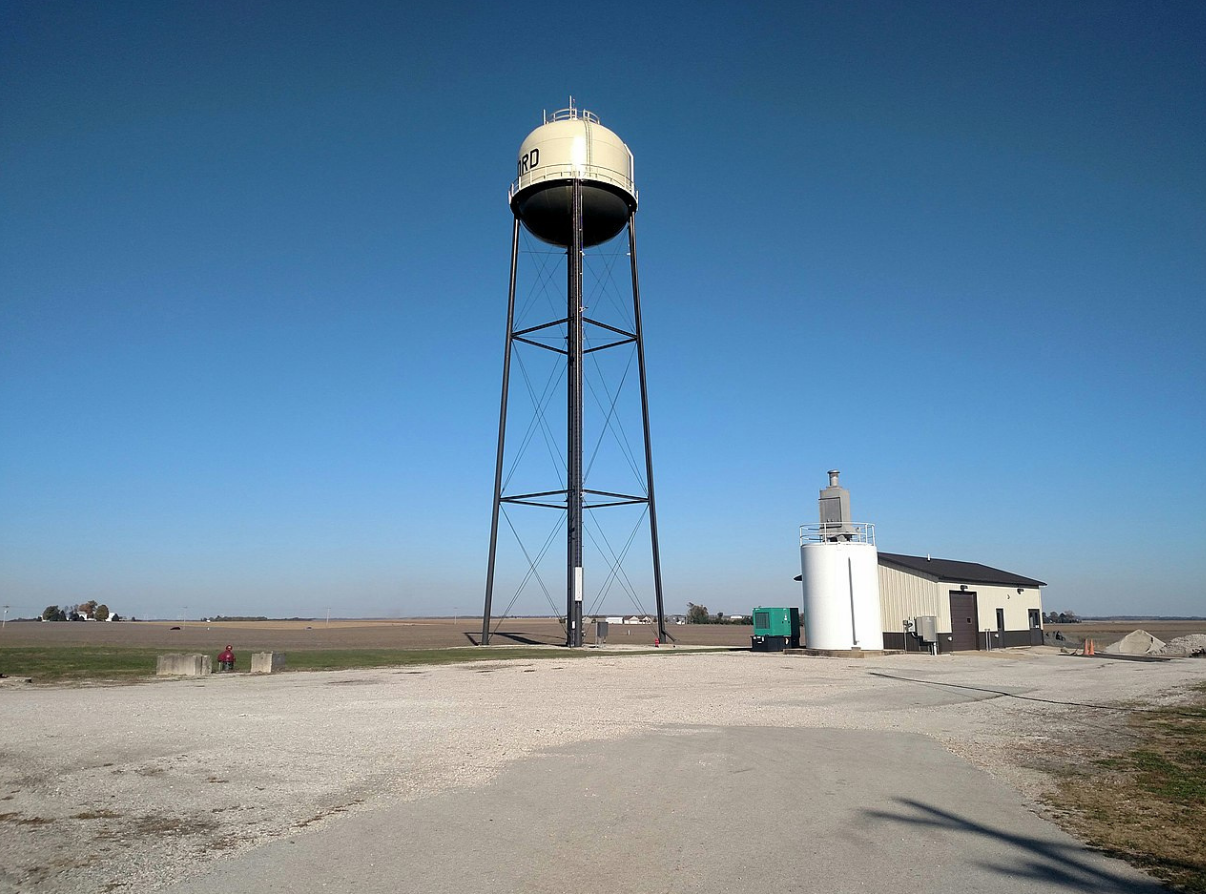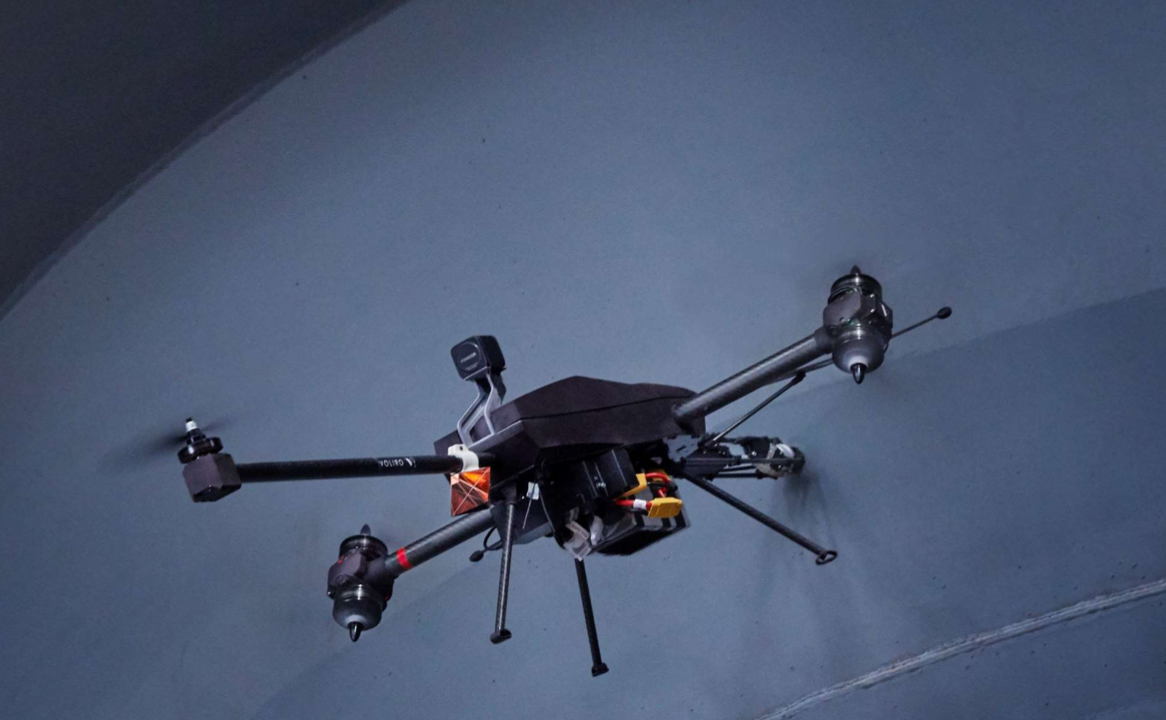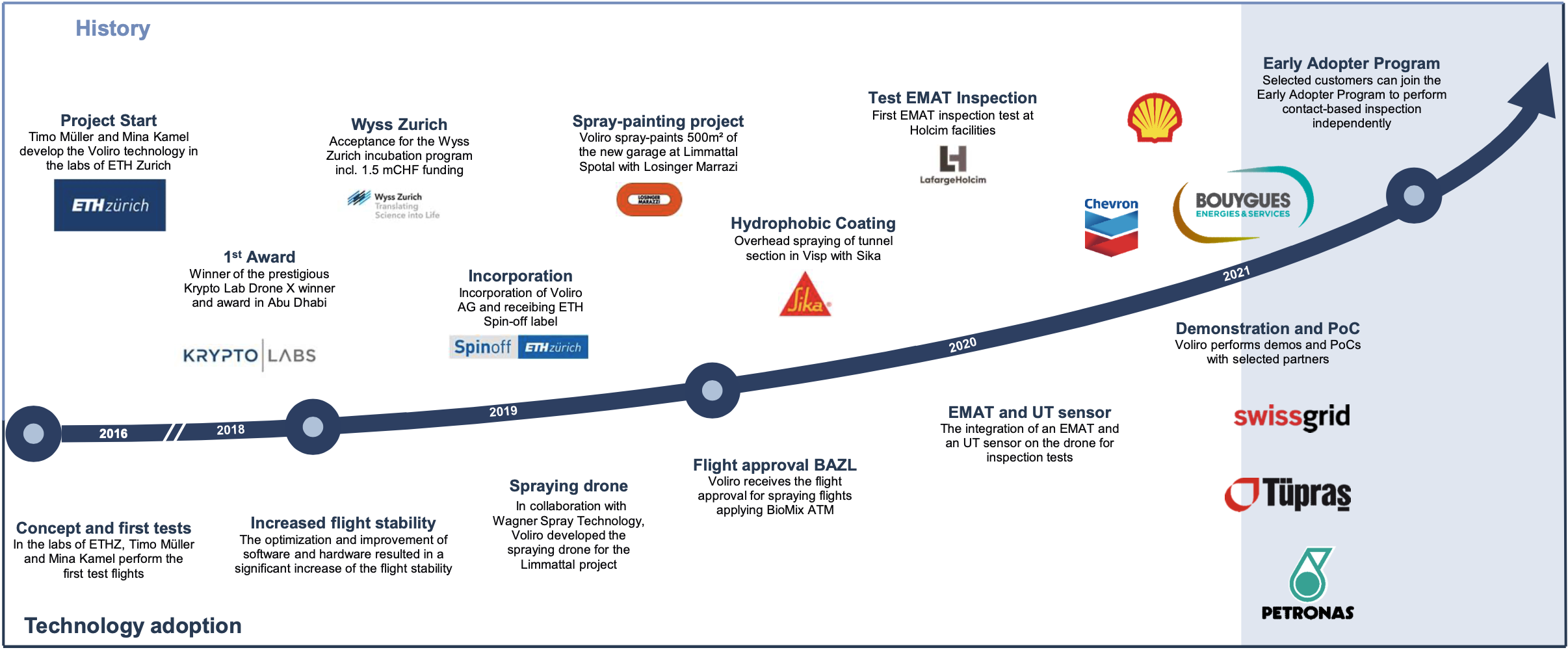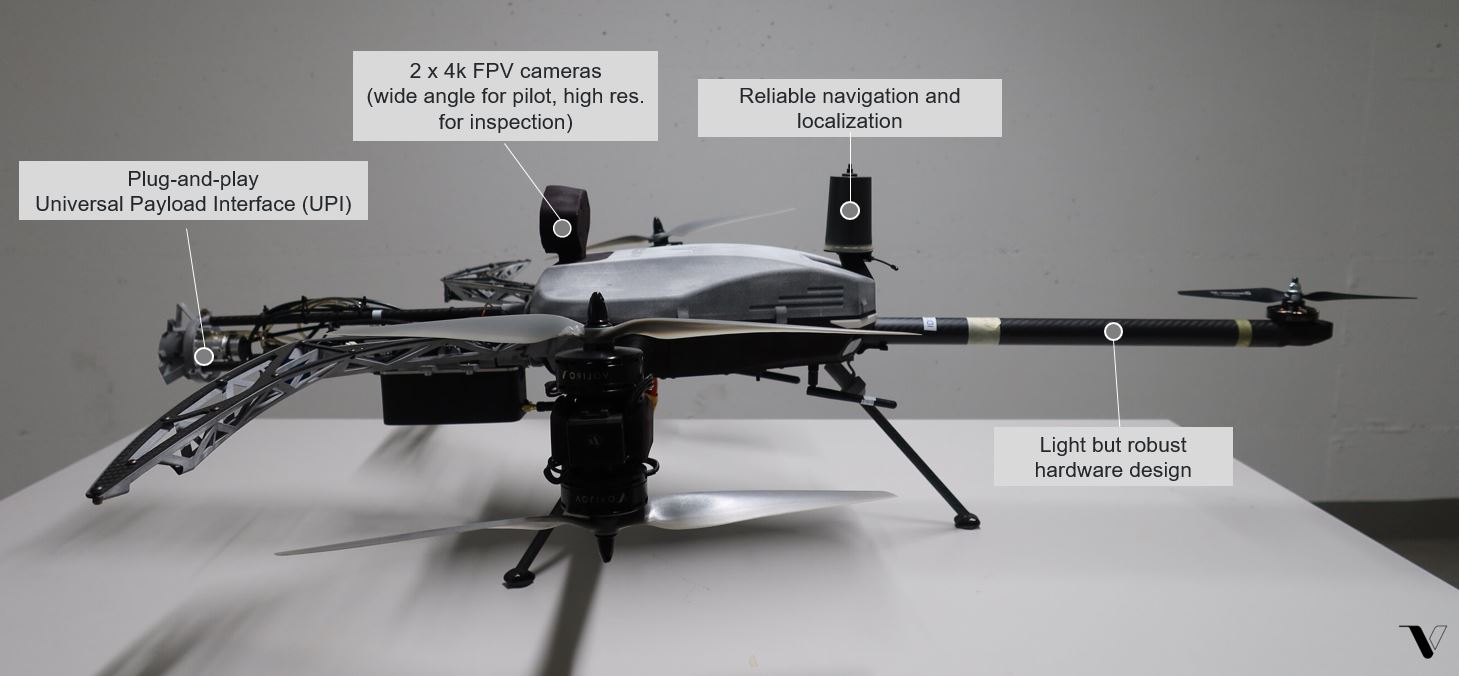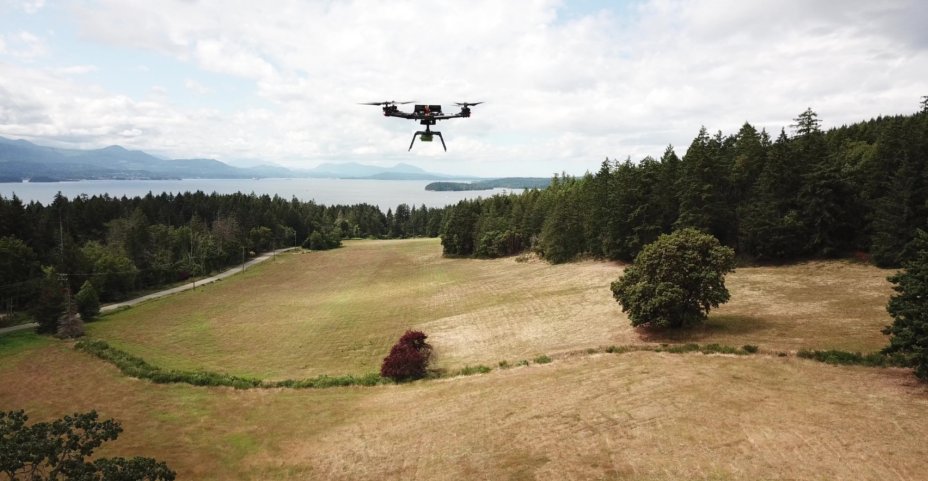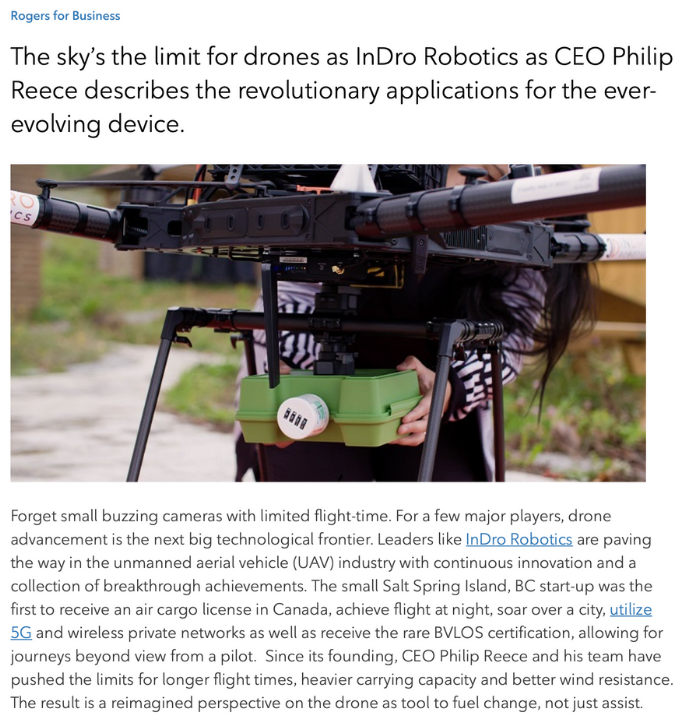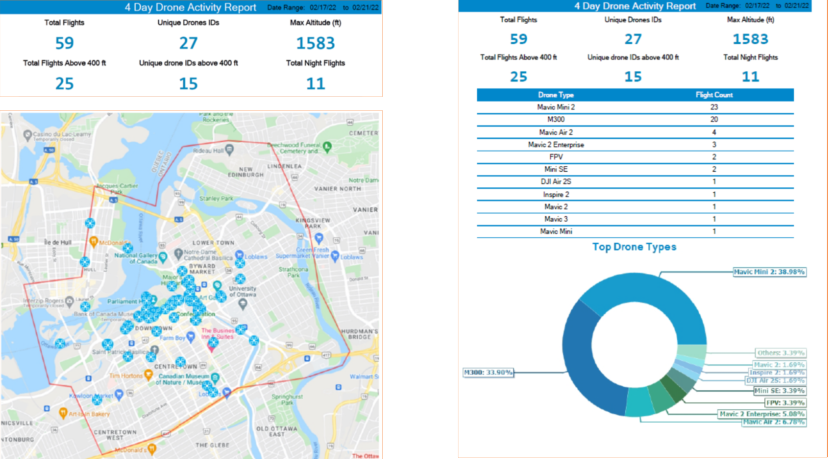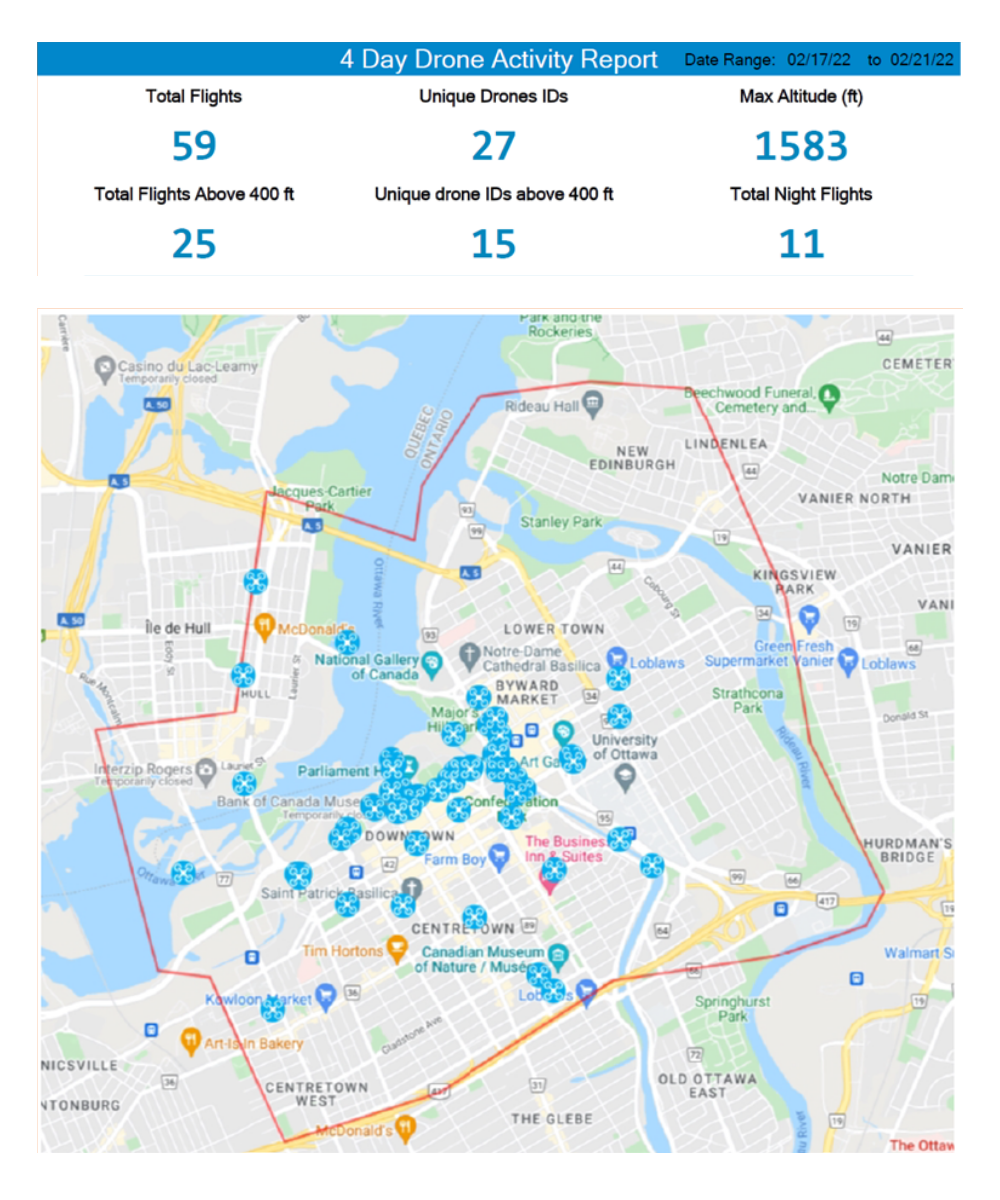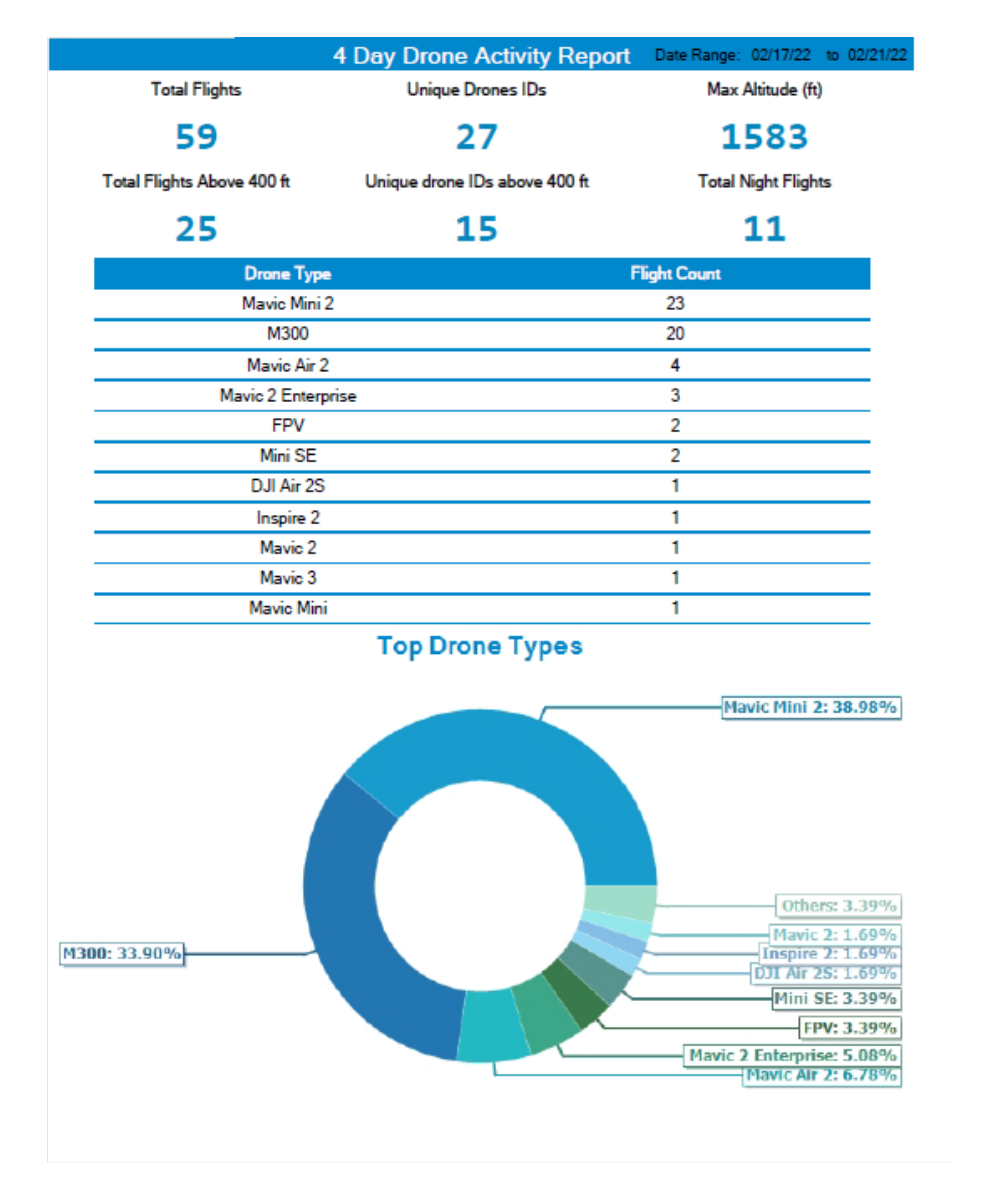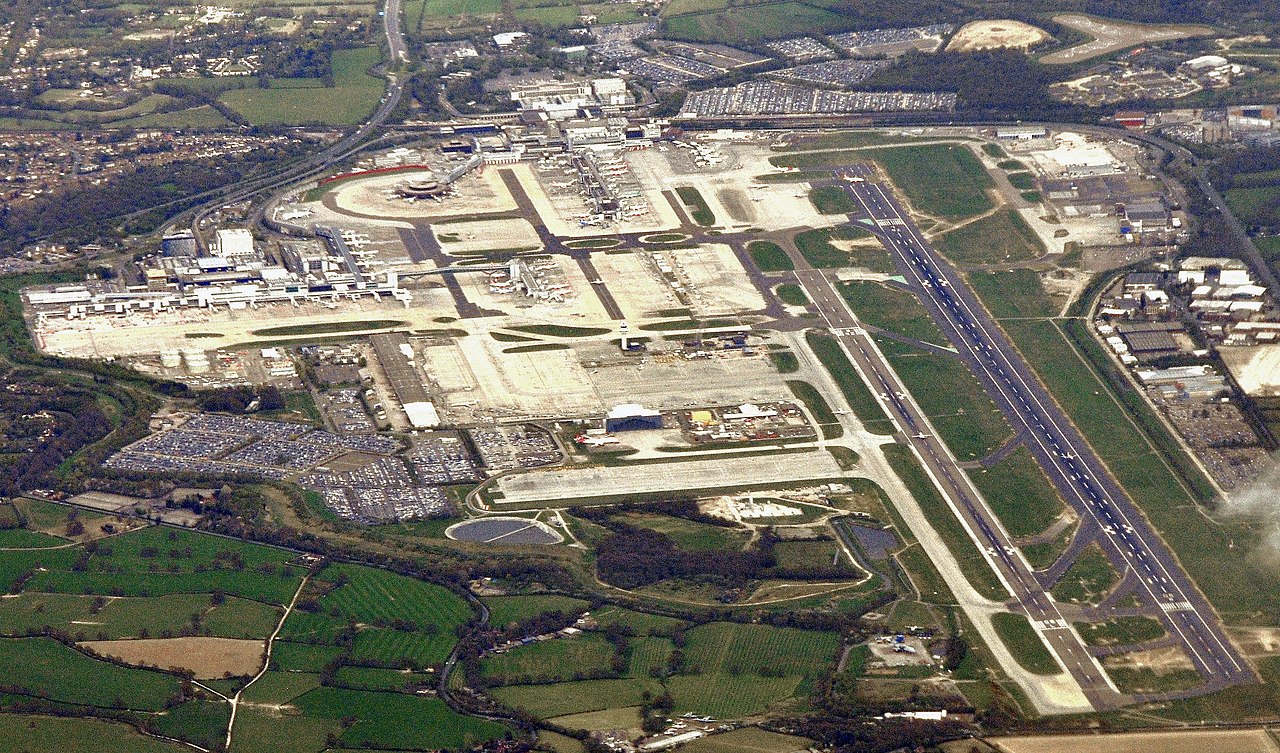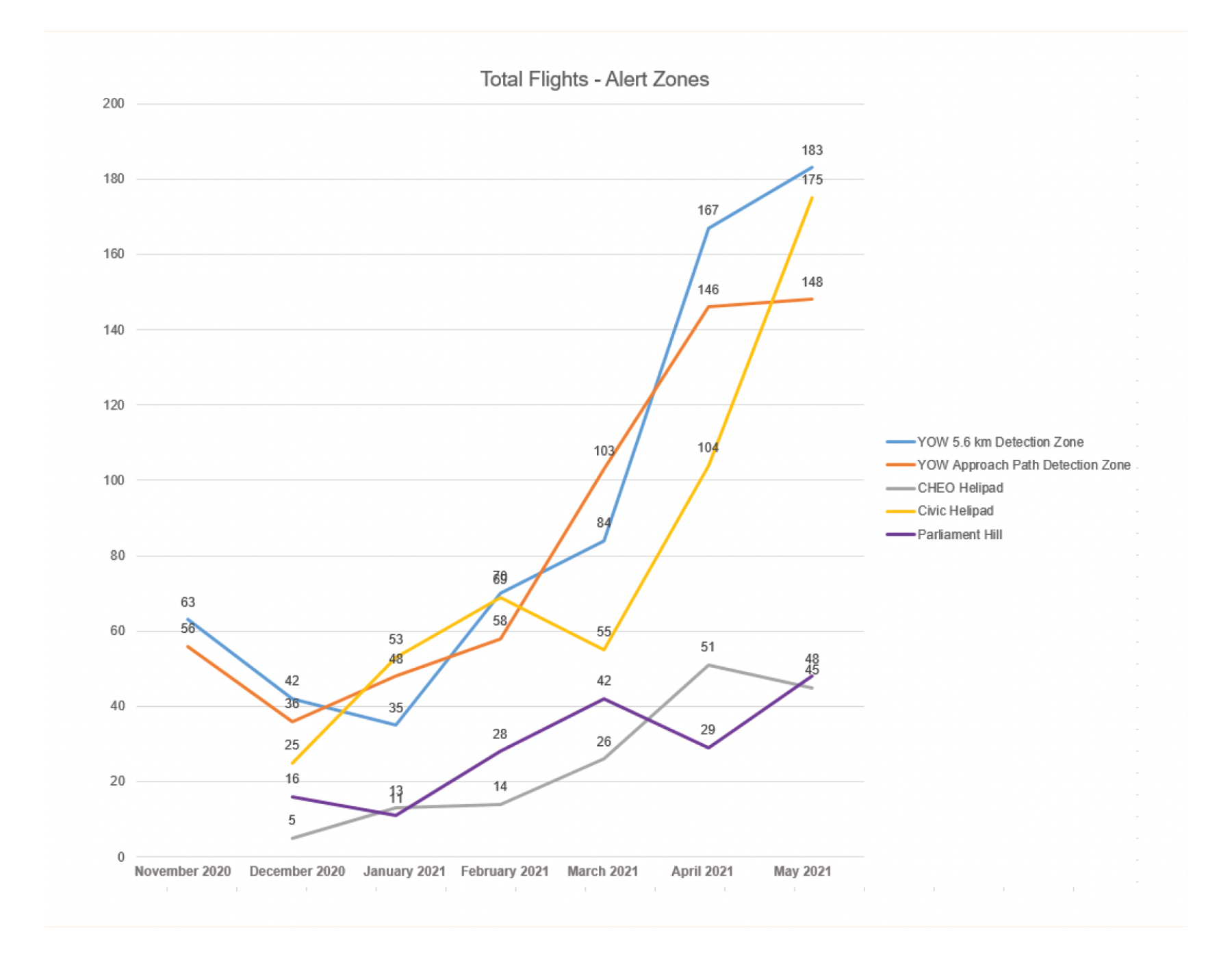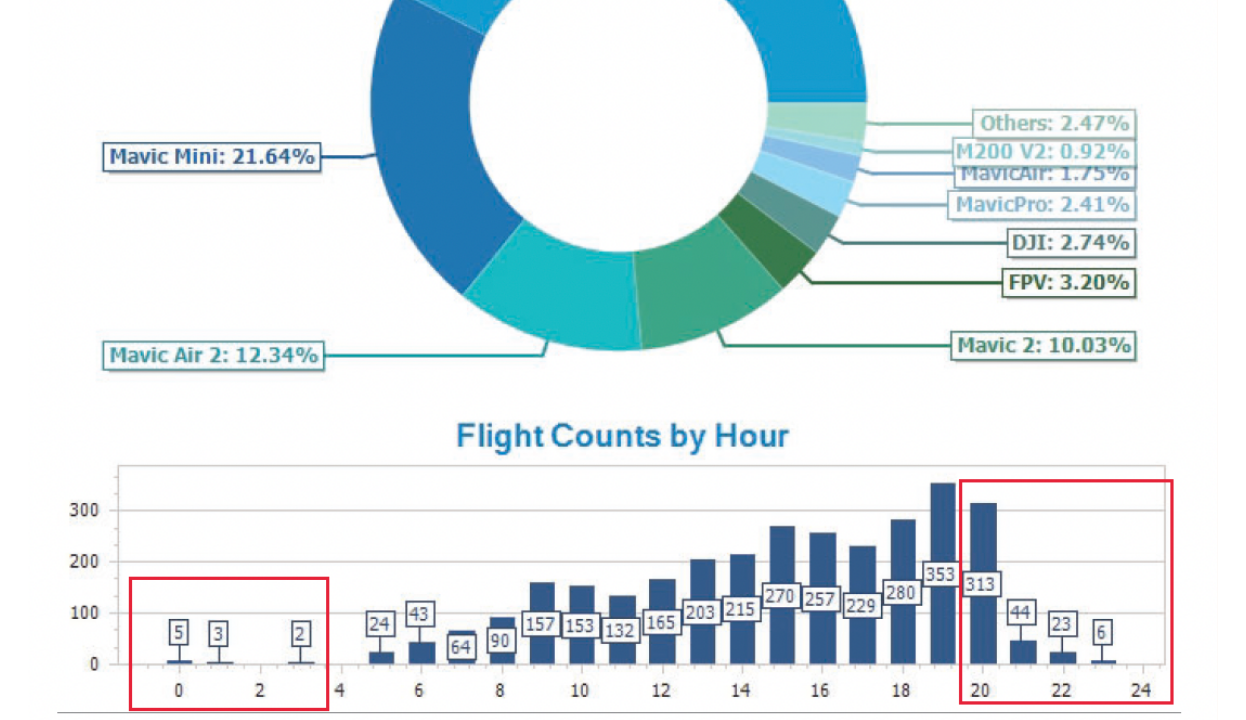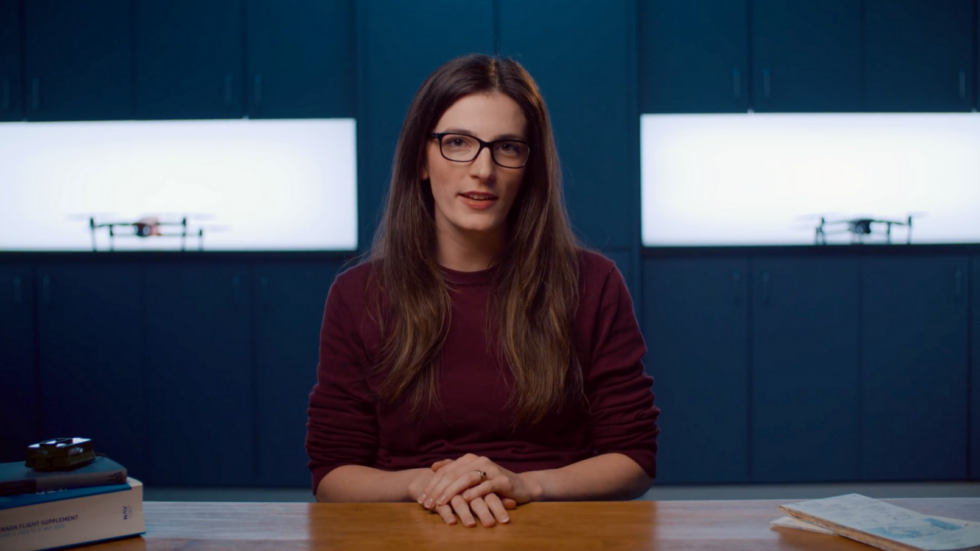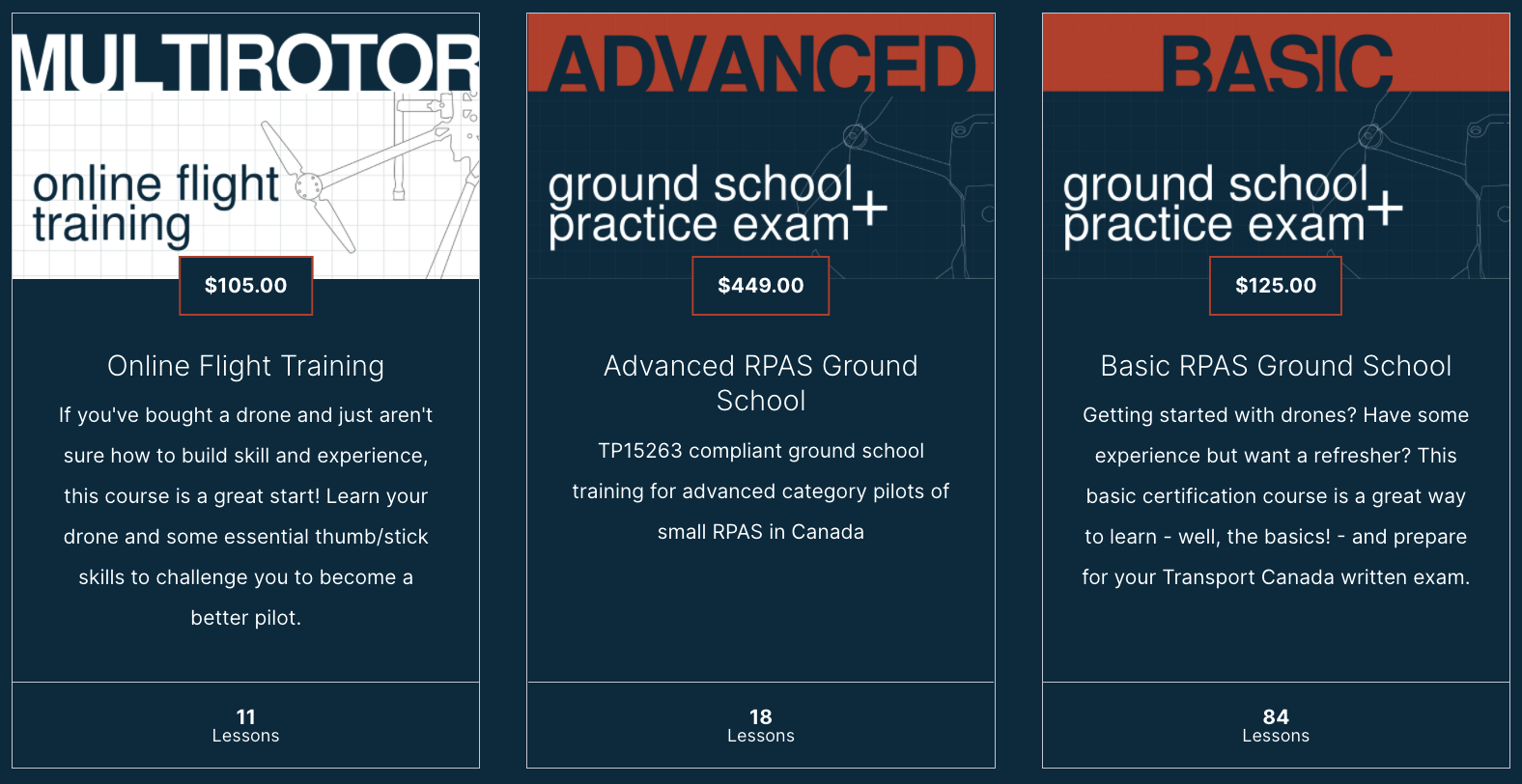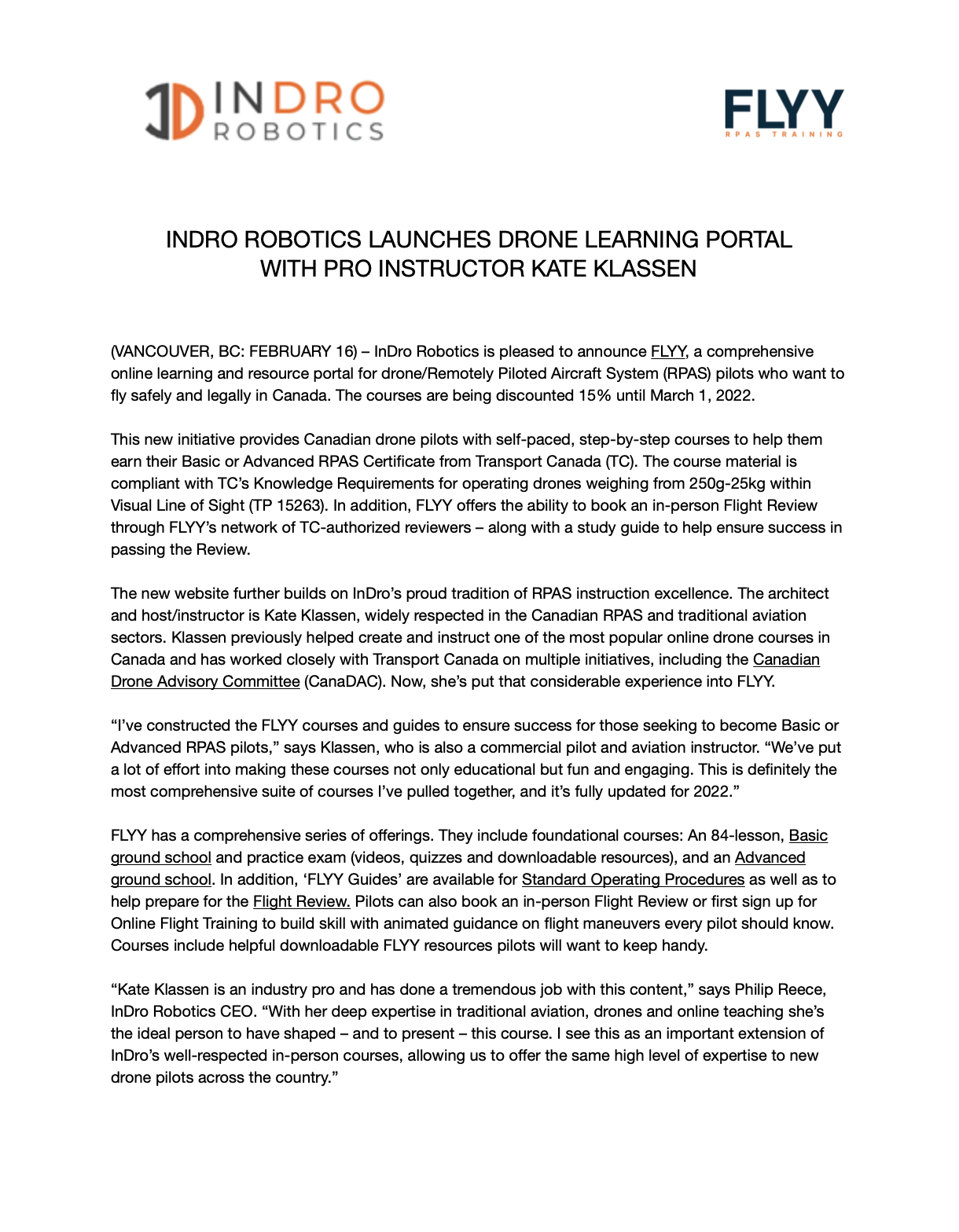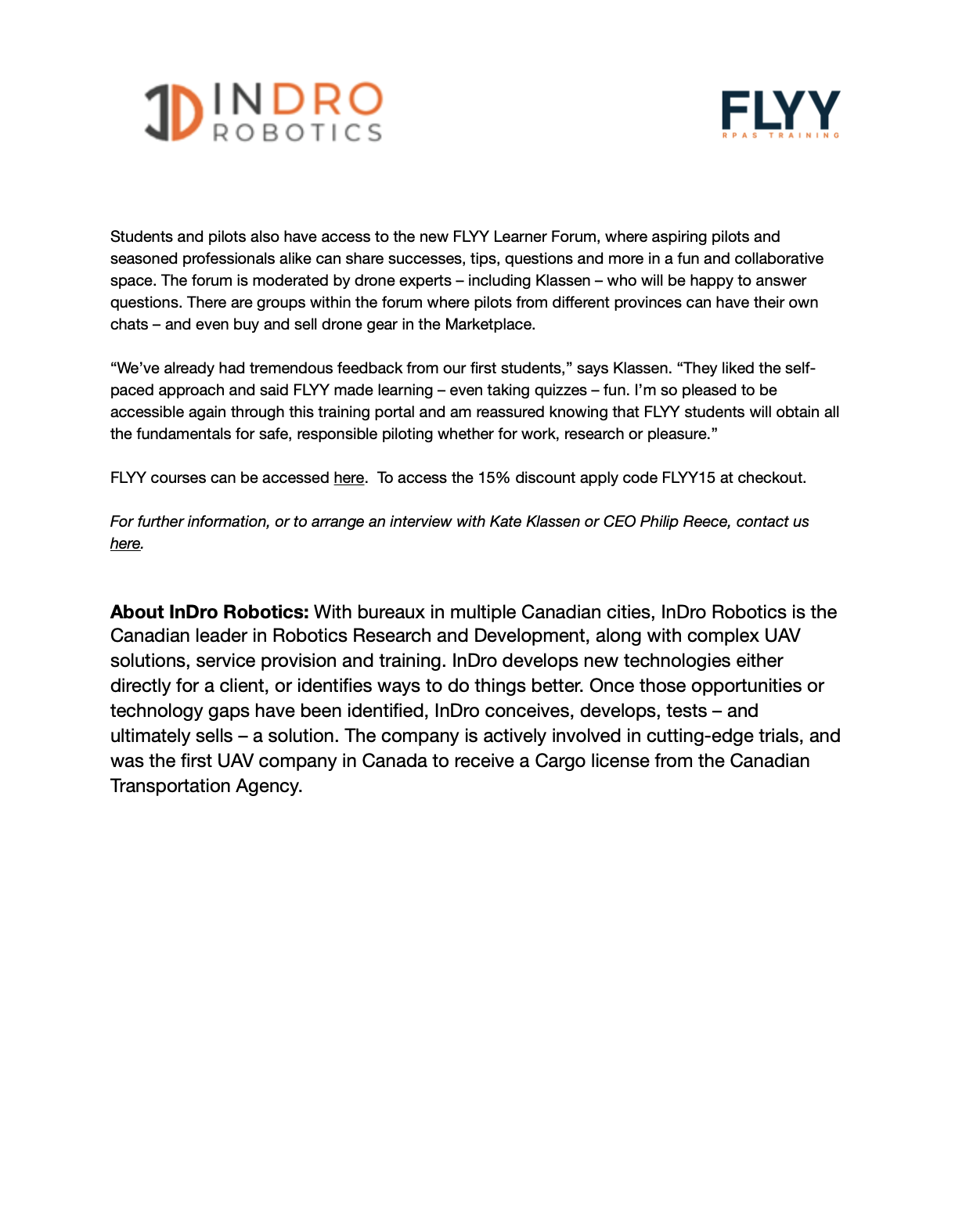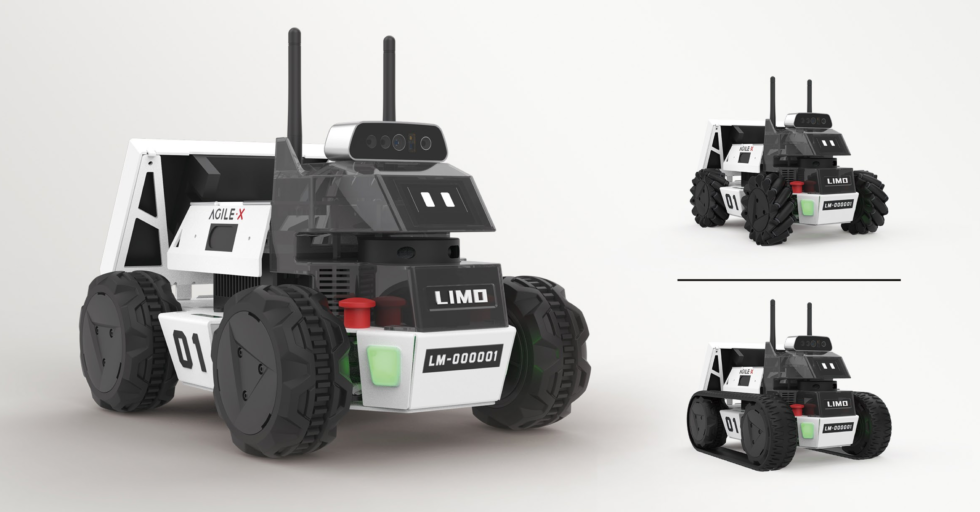
There’s a new robot in town: Meet LIMO
Even in the world of robotics, good things often come in small packages. And this is especially true when it comes to Limo, a new AgileX platform perfect for students and those carrying out R&D work. Limo is small but mighty, with the same kind of technology you’ll find in much larger devices (it weighs but 4.2 kg). The robot runs on the open source Robot Operating System (ROS) software, and comes with both the original ROS1 and ROS2 software libraries. This allows users to customize the robot for different tasks.
It ships with an impressive display of hardware and capabilities right out of the box, including:
- An NVIDIA Jetson Nano, capable of remote teleoperation over 4G
- An EAI X2L LiDAR unit
- Stereo camera
This affordable machine is capable of autonomous missions, including mapping new surroundings via Simultaneous Localisation and Mapping (SLAM). It also comes with multiple modes for locomotion. You’ll see details of this in the left-hand graphic below. It’s also scalable. Want to add other sensors? There are four USB Serial Ports onboard.
This kind of flexibility in a small package is pretty amazing.
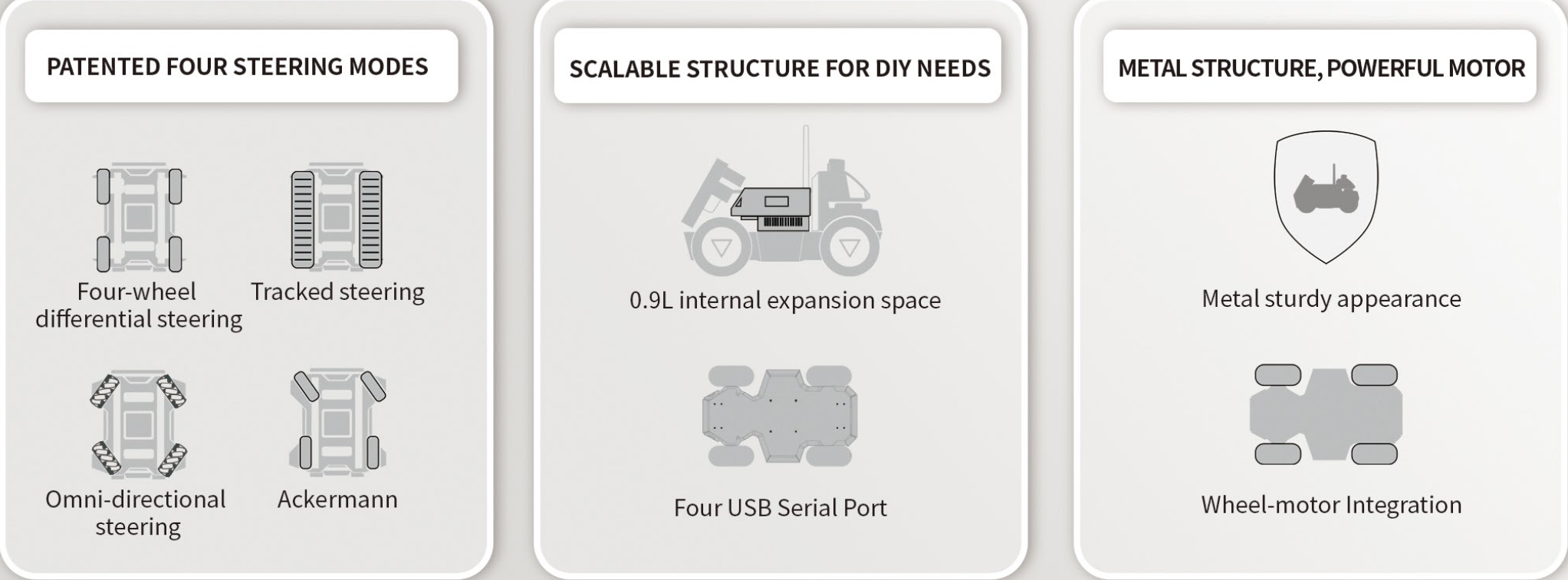
How Limo came about
We were curious to learn more about Limo, so we contacted AgileX’s Brandy Xue. Until recently, Brandy was leading the company’s Global Sales and Marketing department. In March of 2022, she switched to the new AgileX subsidiary, Mammotion Tech – which focuses on consumer outdoor robots like autonomous lawnmowers.
We started with a simple question. Who would be interested in buying Limo? Would it be primarily students? Researchers? Developers?
Her answer was simple: “Limo is for everybody,” she said. She then went on to explain why.
Many students, particularly in Southeast Asia, are now delving into coding, robotics – and even AI – while in high school. It’s been a trend in South Korea, and is being seen more and more in China. In fact, says Xue, the Chinese government has been encouraging hands-on high-tech training in high school to prepare people for the workforce.
“The policies in China supporting robotics education are growing,” she says. “And in South Korea, students are working on AI and Machine Learning in high school.”
Not just students
So AgileX knew there was an educational market for a product like this. But it also felt that researchers in the R&D world could also benefit from a robot with full-scale capabilities in an affordable, smaller-scale package. Having everything integrated out of the box saves a lot of groundwork. Plus, many smaller companies don’t have the need (or the budget) for a larger machine.
“If they want to build a robot, they have to buy a robot here, a sensor there, then write the code to make it move. It’s too complicated,” she says.
“And most people don’t know what to buy, or don’t know how to write the code at the beginning. So why don’t we do this to make it easier for the developer to build a robot? It’s a really cost-effective solution.”And so they did. It also didn’t hurt that the company’s CEO, JD Wei, ran the impressive Robomaster division at DJI. Annual Robomaster competitions pit robots built by the best and brightest teams of engineers against one another. DJI has also hired a significant number of engineers through the program, which has grown since its inception to become more global in nature.
If you’re unfamiliar with Robomaster, check out the video below. It’s worth watching, as it also gives you a pretty good idea of the background JD Wei came from:
Simulation table
Because Limo is capable of autonomous movement, it can be purchased with an optional simulation table. That platform approximates a mini-city, complete with buildings, roads, stop signs, traffic lights – even a liftable gate arm, like you’d see at railroad crossings or when exiting a parking lot.
Limo can detect and act on its surroundings and can be programmed to take different actions depending on the environment. It can even use its onboard LiDAR to create a 3D, Virtual SLAM map of what it “sees” around it.
The complete package is covered in this AgileX video, which also highlights its multi-modal locomotion capabilities.
Powerful processor and more…
Limo comes equipped with enviable brains. It features the NVIDIA Jetson Nano processor for EDGE computing. The Jetson is a powerful tool for AI development, and NVIDIA’s JetPack SDK offers even more options for deep learning, computer vision and more. It’s also 4G-compatible for remote tele-operation.
InDro’s Head of Robotic solutions, Peter King, is impressed with the package – saying it offers students and developers an affordable solution for R&D and prototyping.
“Limo really fills a void in the marketplace, allowing schools, researchers, and even R&D companies with limited budgets access to a truly powerful and expandable platform,” says King.
Limo is also rugged. The body is metal, and the 4.2 kg device is capable of tackling inclines of 25°. You’ll see the rest of the specs here:
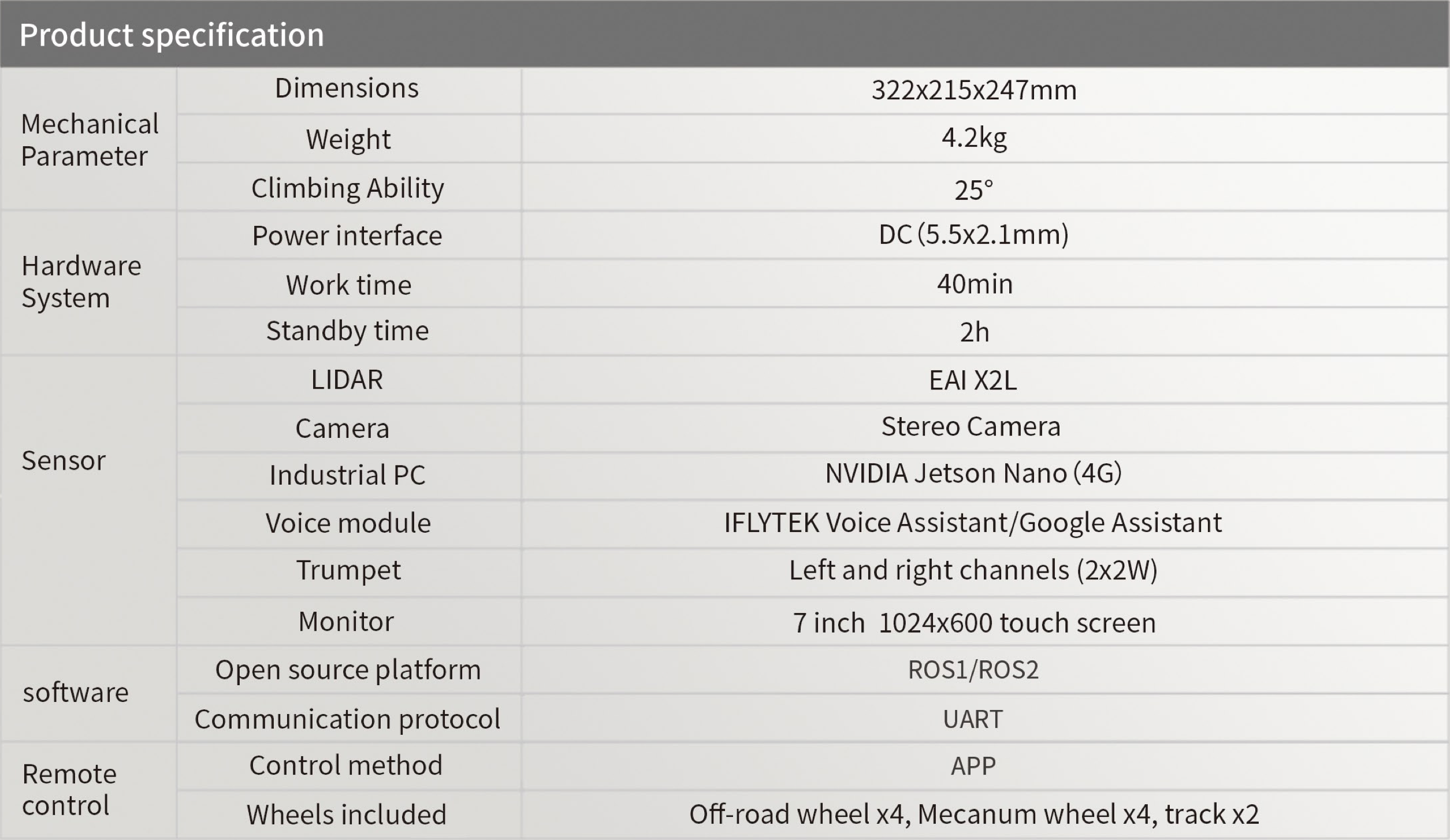
Economical
Limo, as you can see, can do a lot on its own. And it’s capable of doing much more in the hands of a skilled developer or a motivated student. Given that this SLAM-capable device comes with a LiDAR unit, stereo camera, the NVIDIA Jetson Nano, and an onboard 7″ touchscreen module, you’d rightly expect it to cost a significant amount.
It doesn’t. The Limo is $2900 US in its base, multi-modal form. The simulation table, which offers a head-start for those interested in autonomous operation in a city-like environment, is available for an additional $1,000 US. If you’re interested in seeing Limo, we’re happy to arrange for a remote demonstration. You can reach us here.
InDro’s Take
We’ve always been impressed with the AgileX products. They’re smartly engineered and very well-constructed. Our Sentinel teleoperated inspection robot is built on the AgileX Bunker platform, capable of operating in even the most unforgiving of environments. In a word: AgileX builds great stuff. And the flexible design of its products means many are destined for even greater things.
That doesn’t surprise us, given CEO JD Wei’s background running DJI’s Robomaster program.
“After he left DJI, he founded AgileX Robotics – and he’s always joking to himself,” laughs Xue. “He used to work in a company whose robots fly in the sky. Now he runs a company whose robots run on the road.”
And, with the Limo, in classrooms and R&D labs as well.

